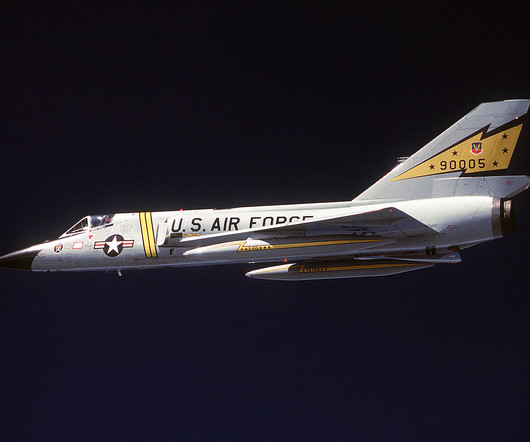Airspeed and Altitude Control Simplified: Tips for Stable Flying
Pilot Institute
NOVEMBER 16, 2024
It works by reading the difference between static pressure and total pressure from air flowing into a pitot tube. For instance, an aircraft maintaining a steady IAS at 30,000 feet will have a faster TAS than at sea level due to reduced drag from thinner air. In a climb or descent, this is just as true.










Let's personalize your content